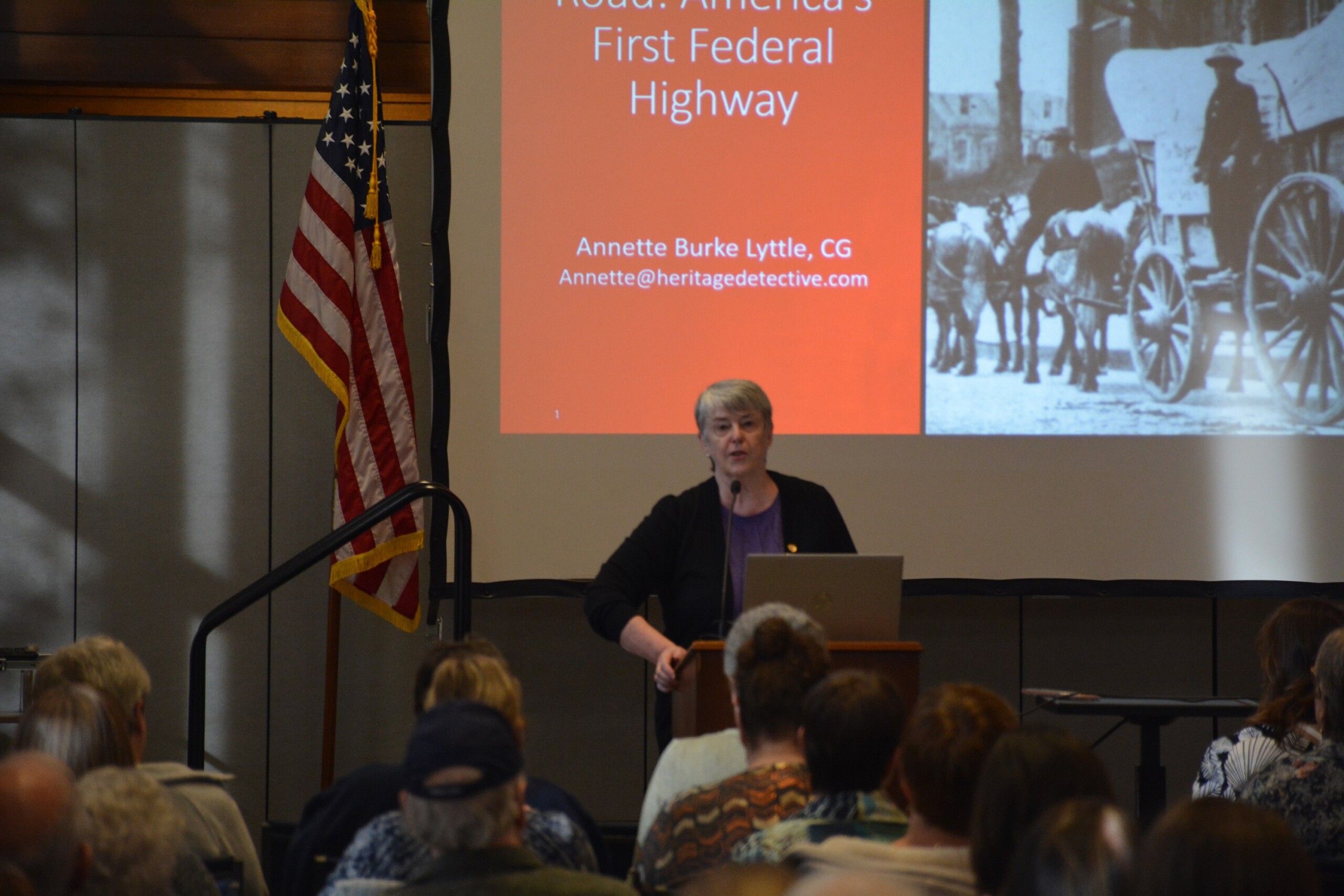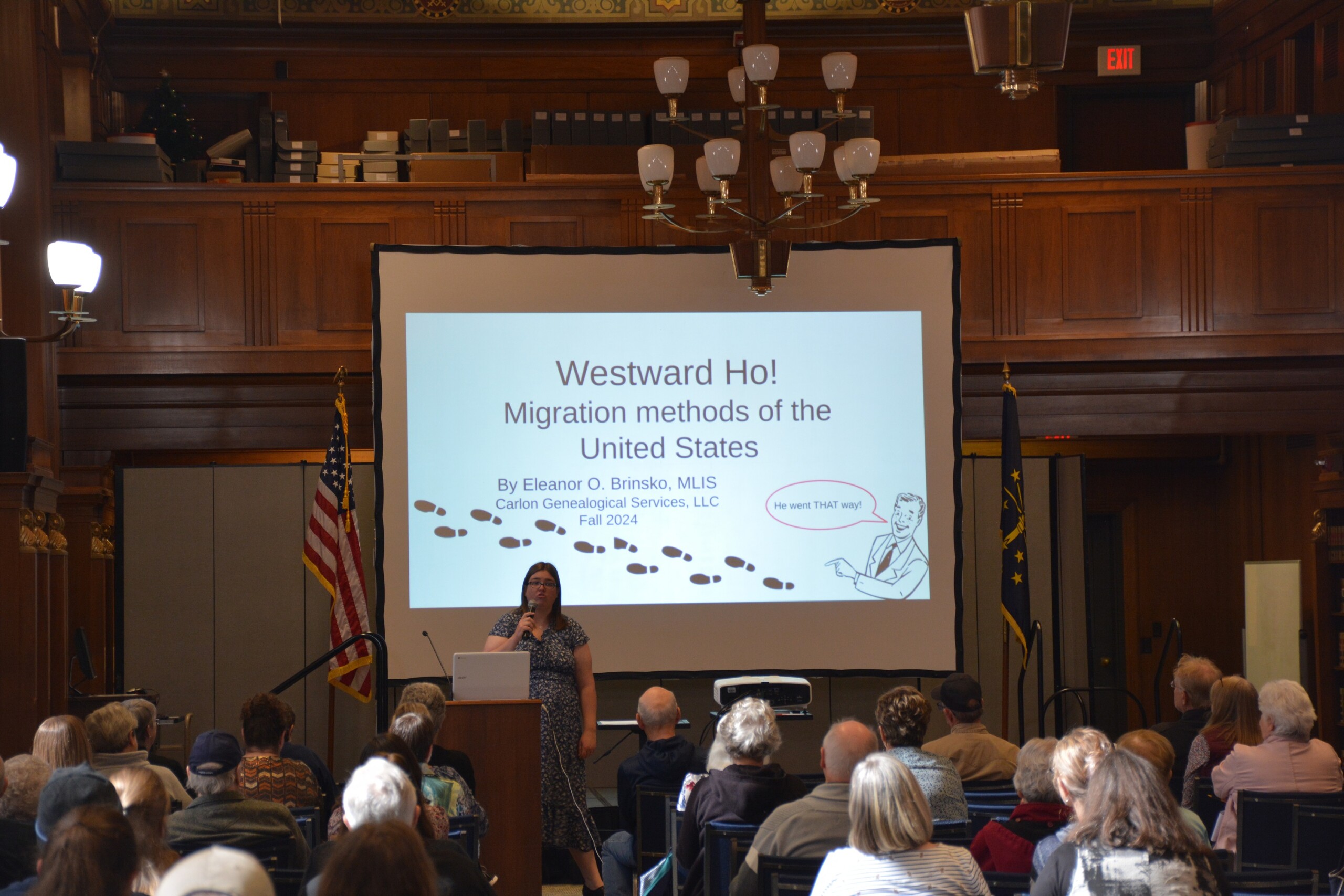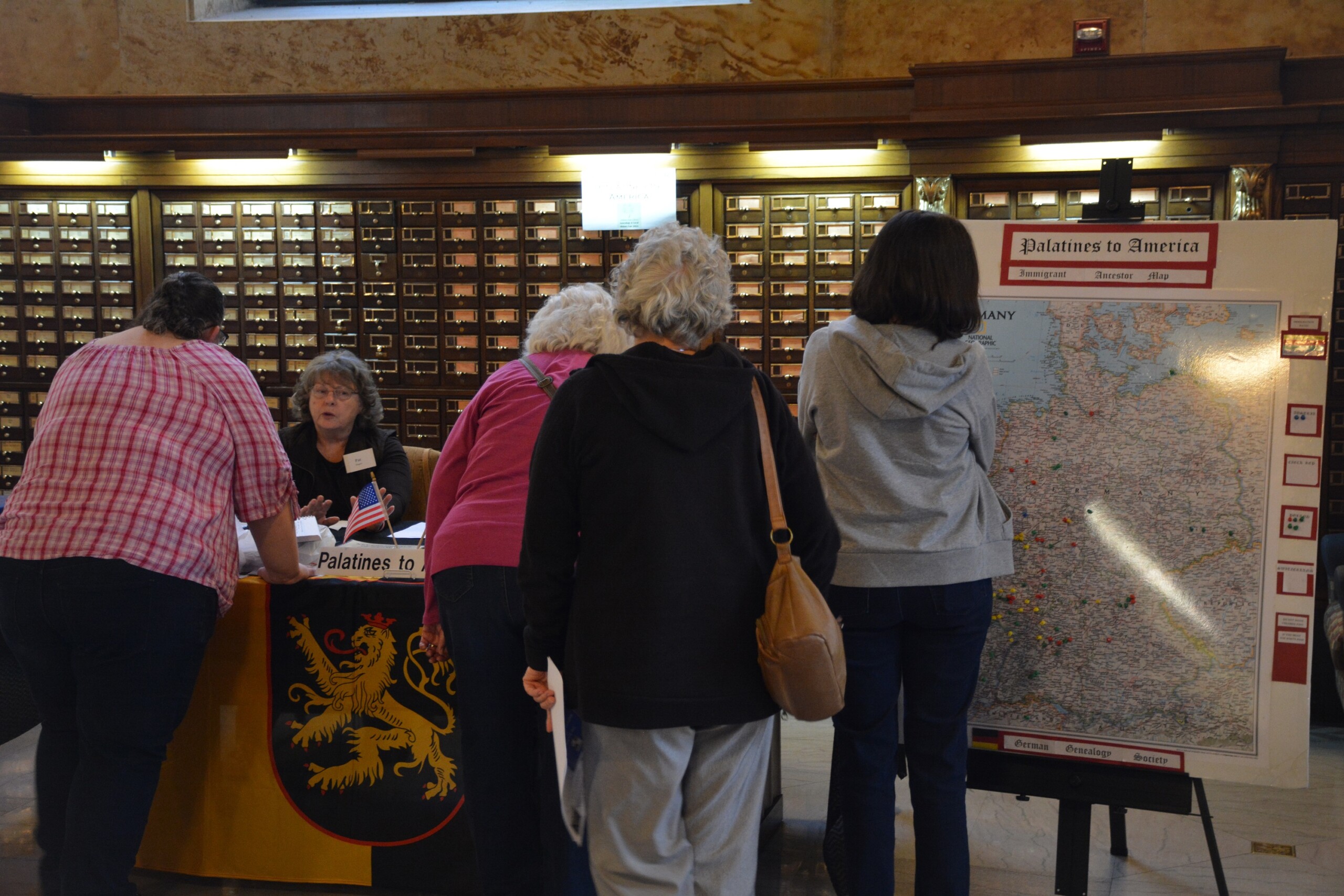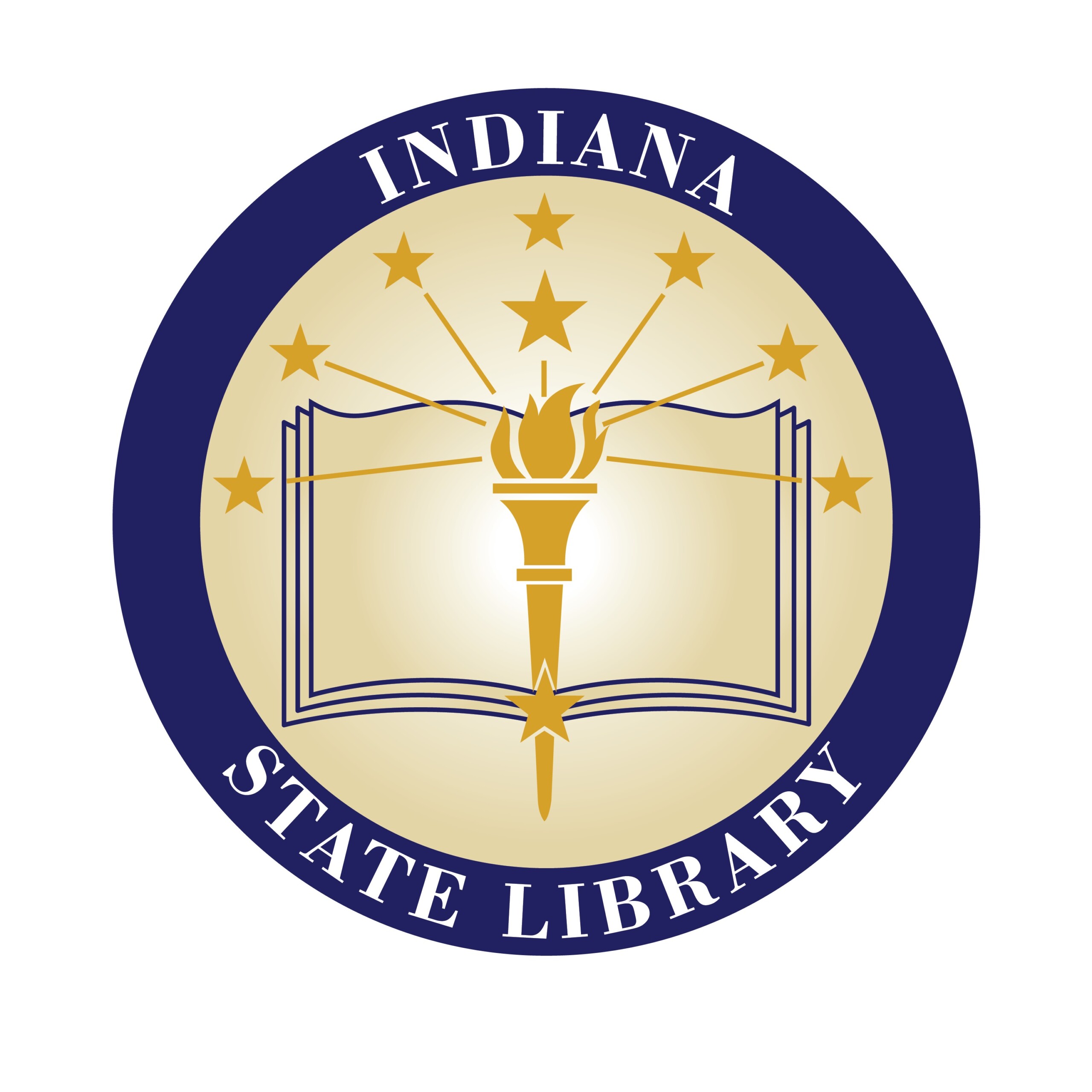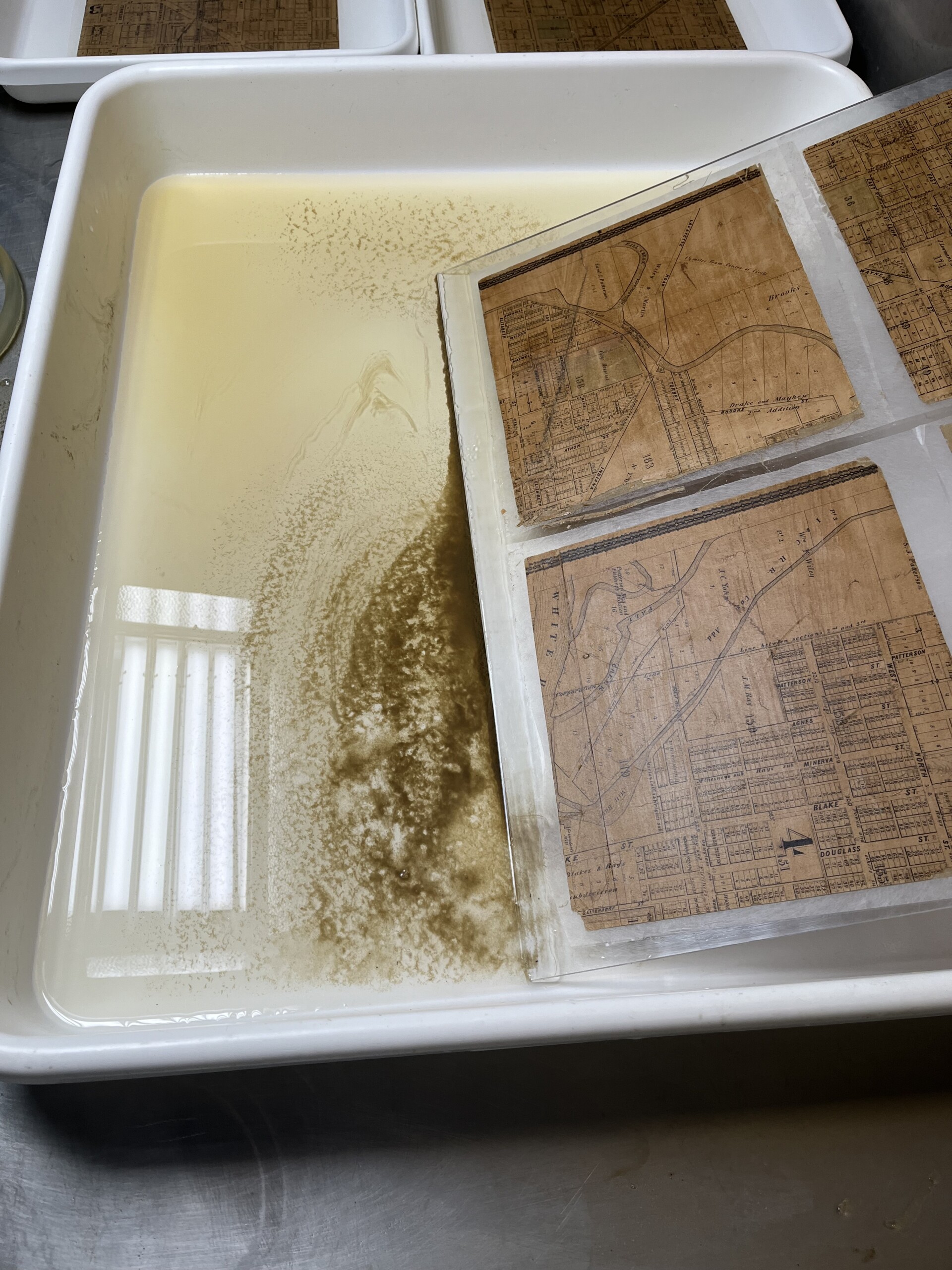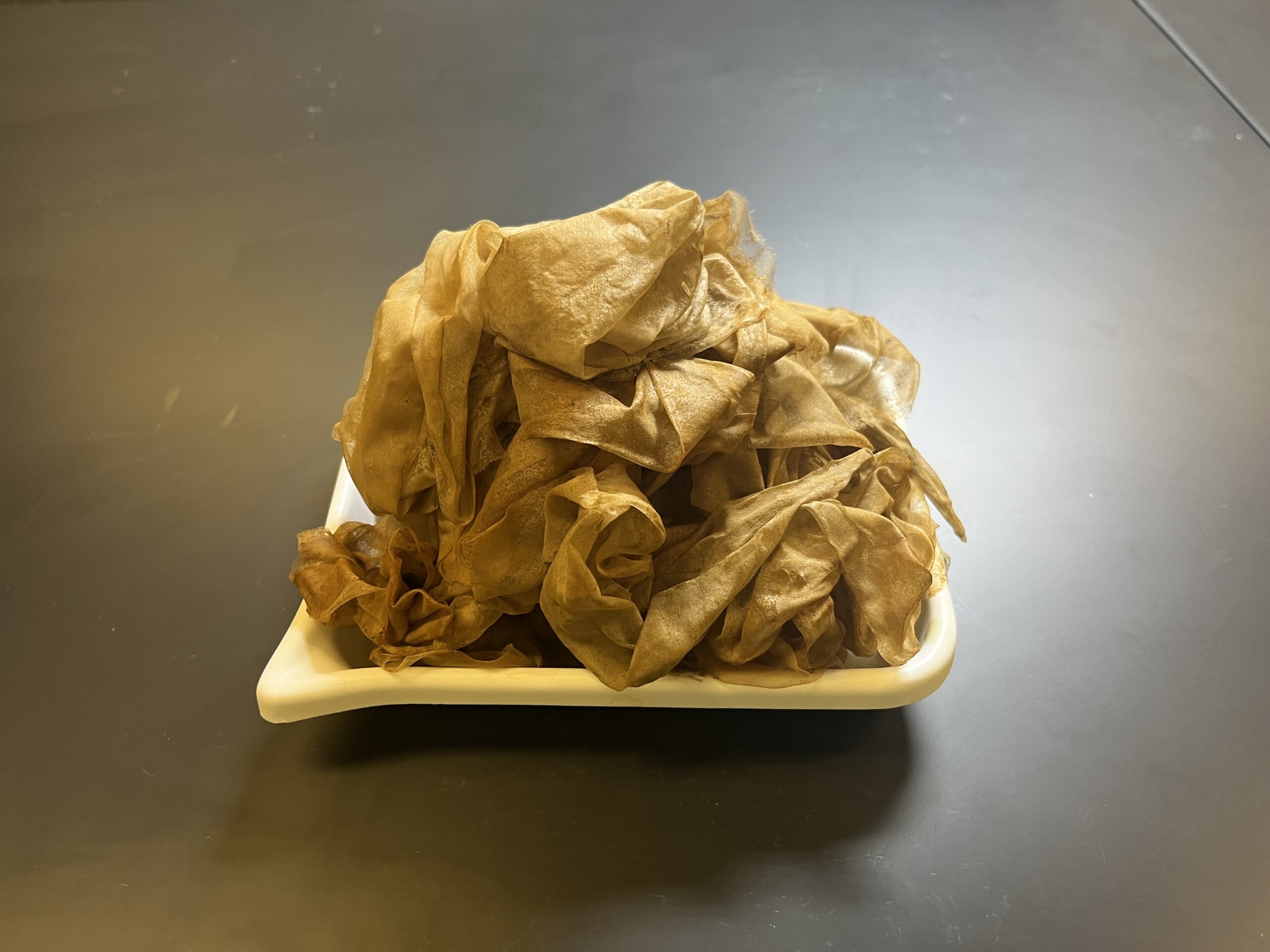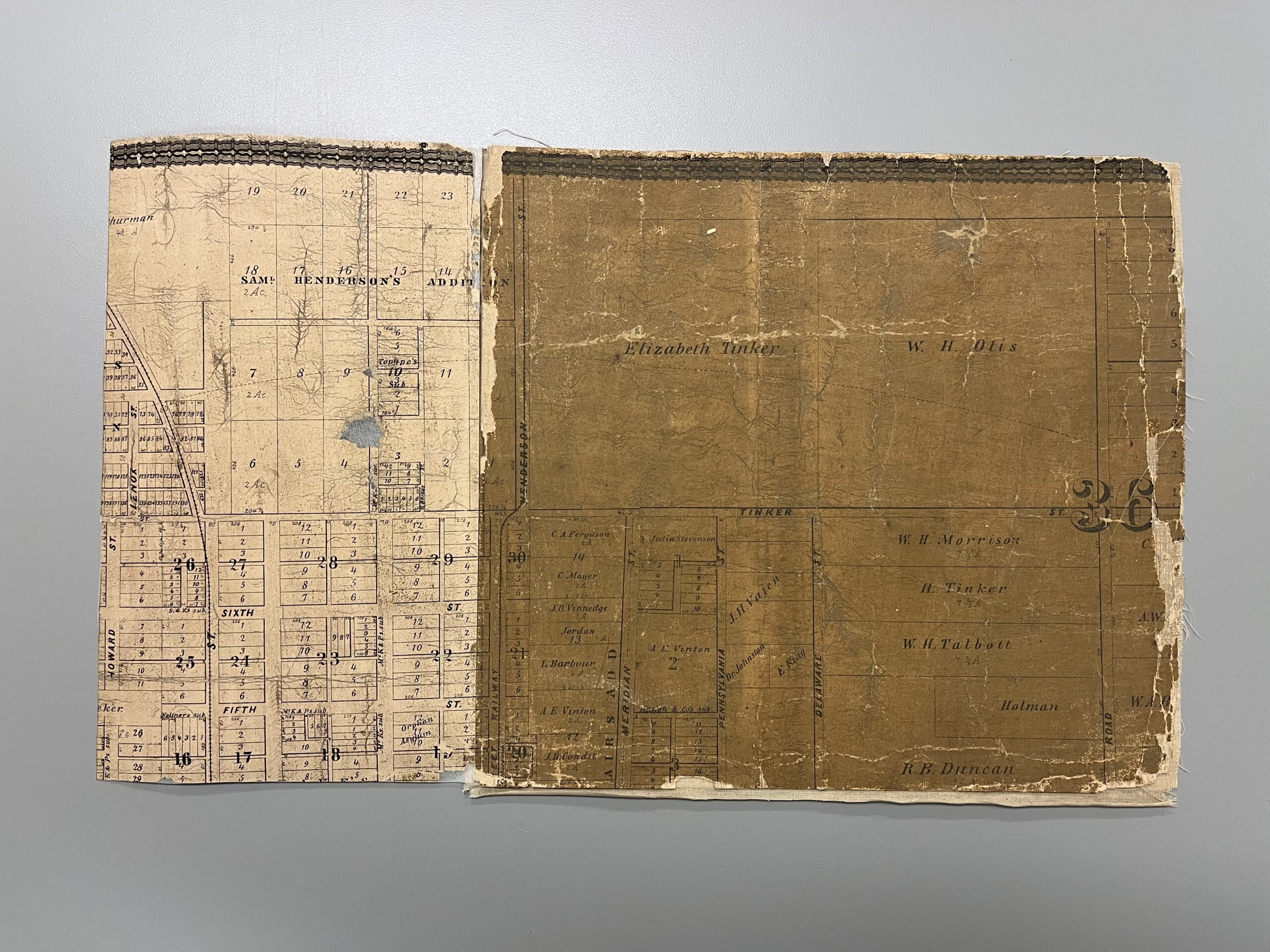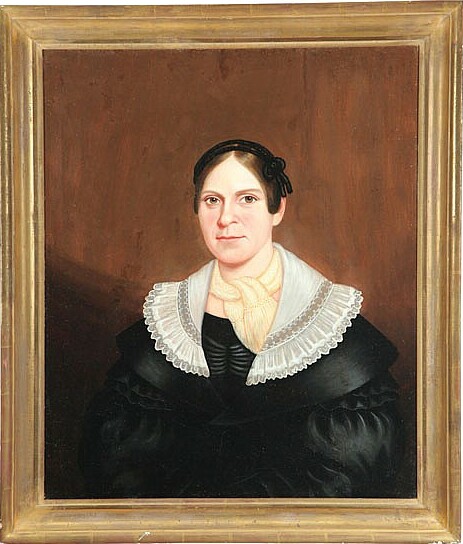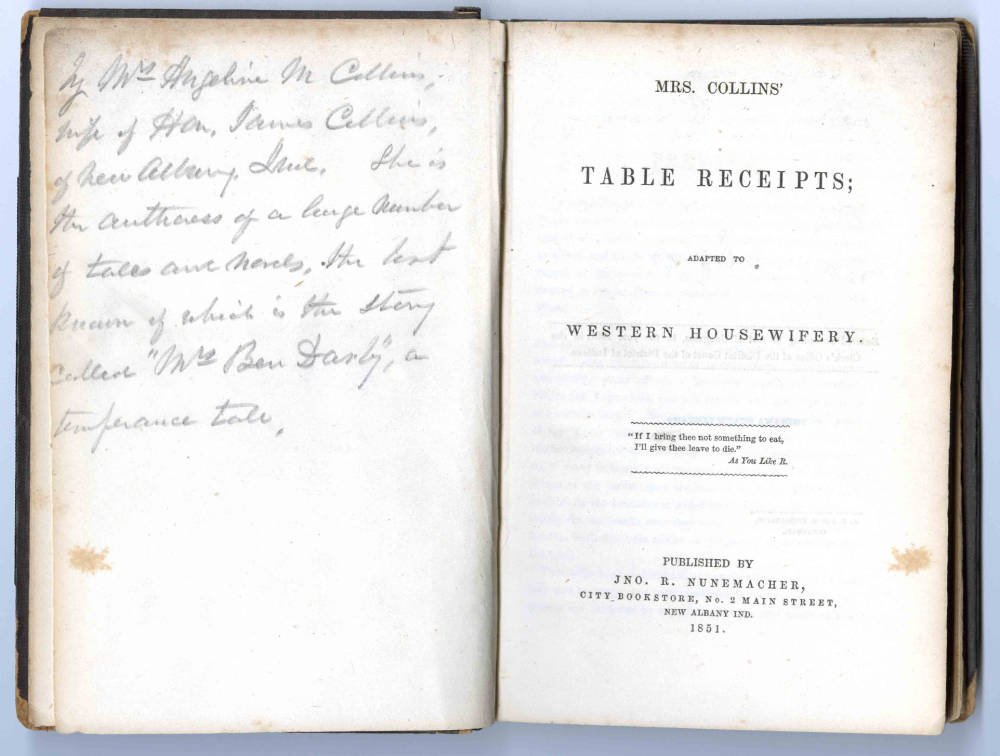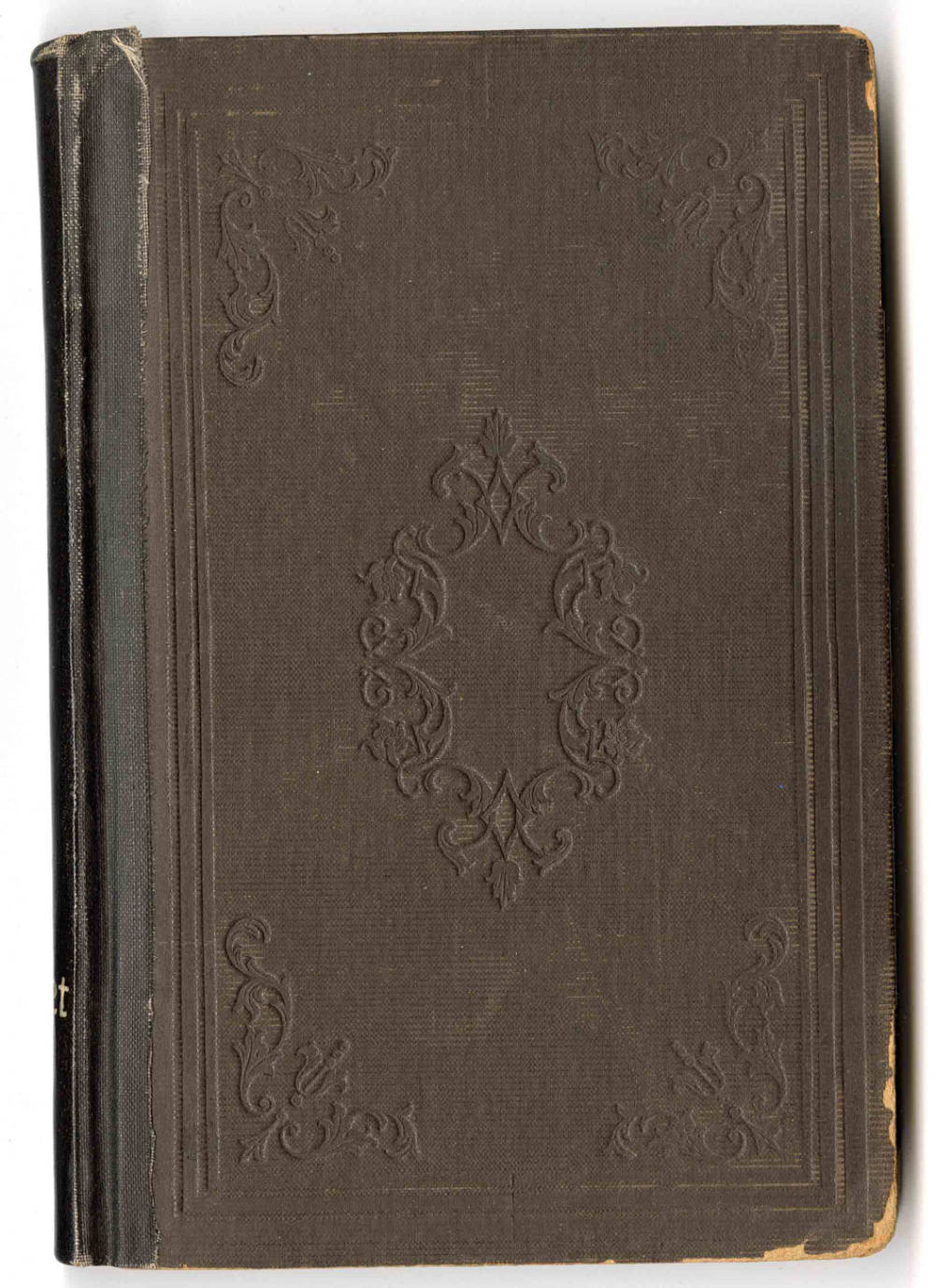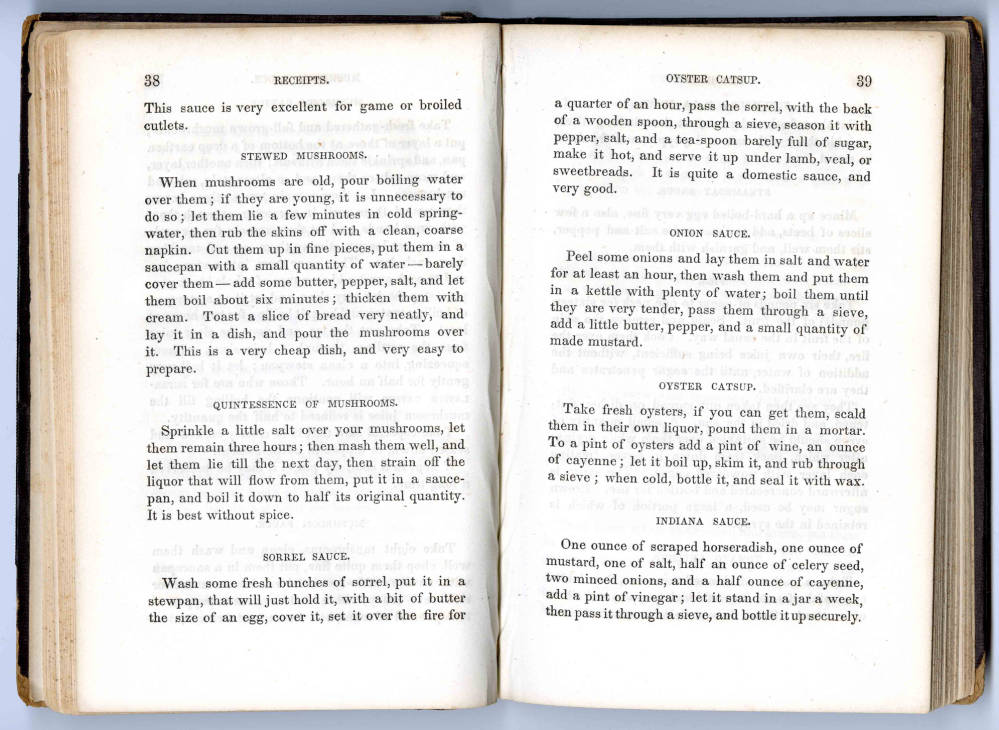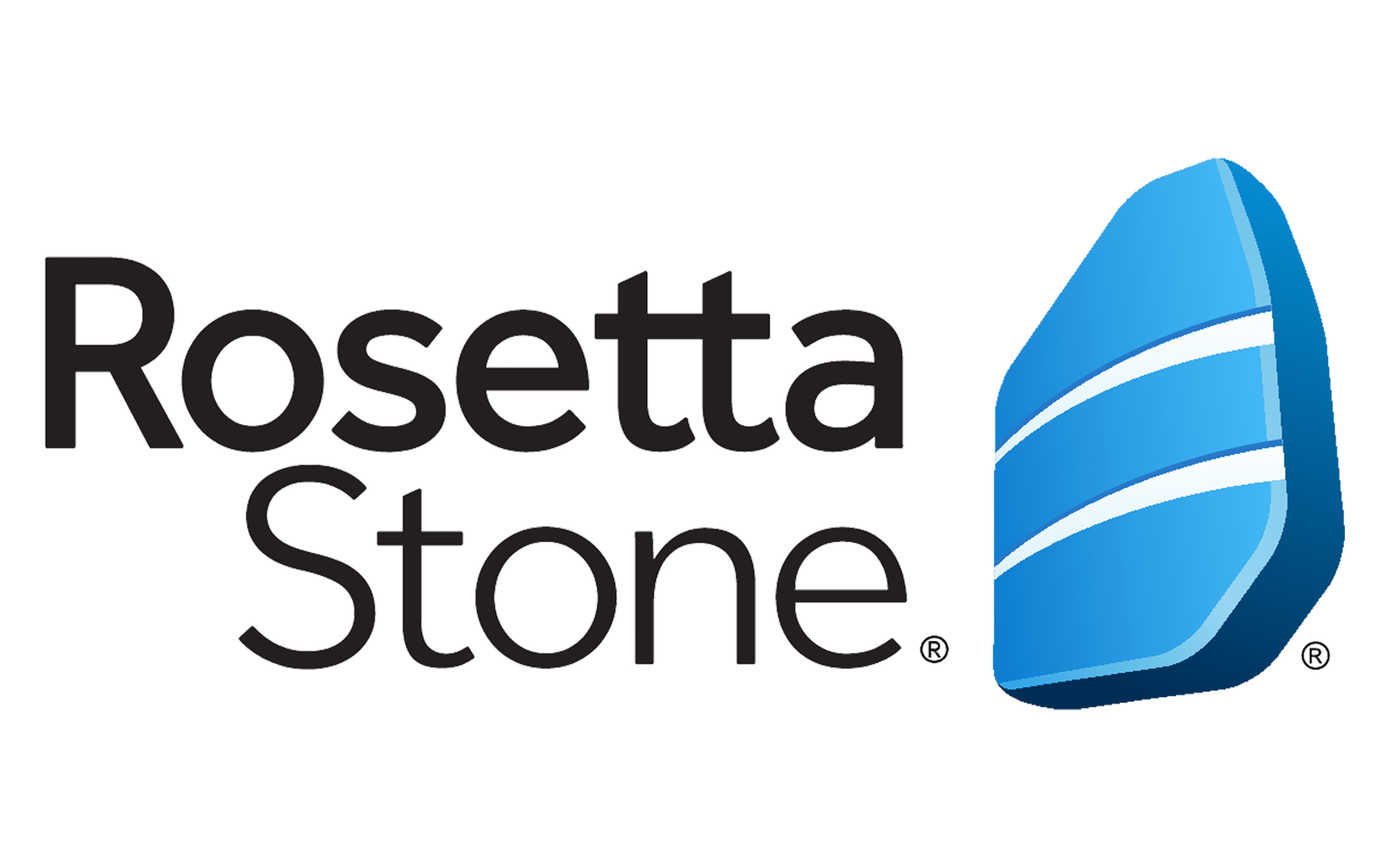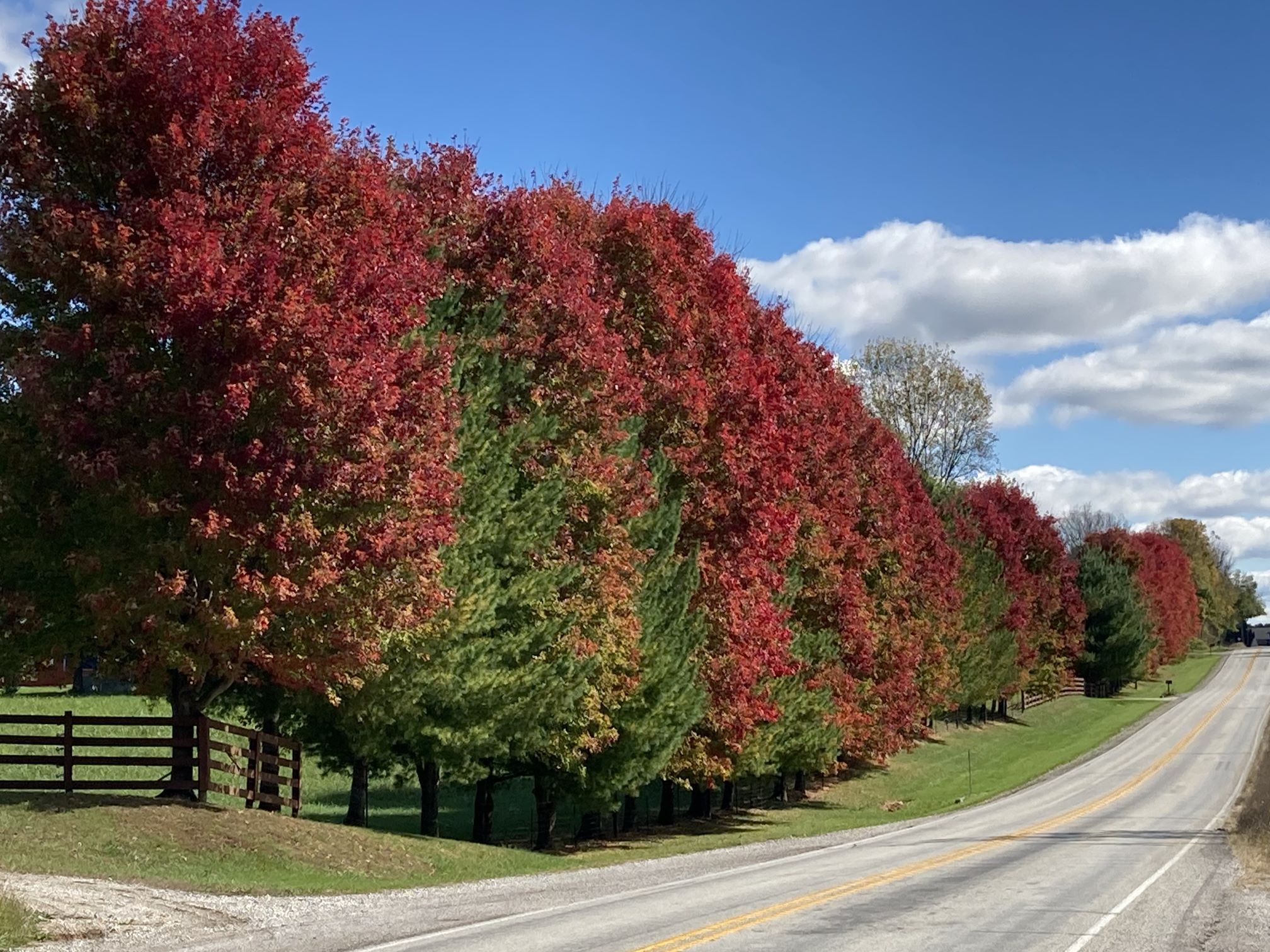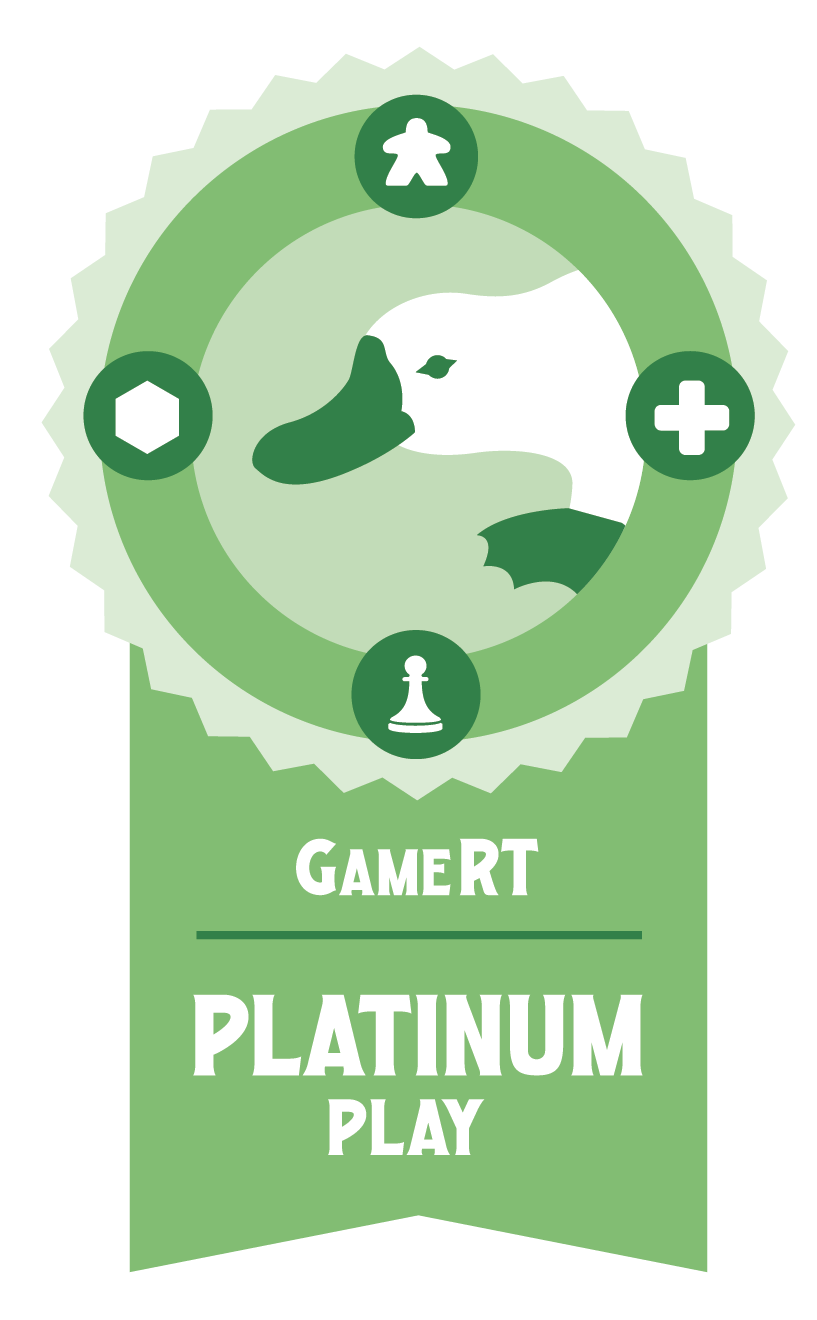If a patron is unable to find a book they want on Indiana public library shelves, there are, thankfully, many options to get it to them, one of which is interlibrary loan. There are numerous resource sharing services throughout the state, but Indiana Share is one of the longest running of the available ILL services and recently saw a resurgence in 2024.
What is Indiana Share?
Indiana Share is an Indiana State Library-managed interlibrary loan service for public, school, special and institutional libraries around the state. Indiana Share was launched in 2008, shortly after INCOLSA discontinued their regional interlibrary loan service. There was still a statewide need for assistance in providing interlibrary loans, especially for libraries and schools unable to support or afford this service individually, so the Indiana State Library, in partnership with the Indianapolis Public Library, stepped in to fill the gap. The state library hired a small team of library technicians to process these requests and provide loans via a special statewide OCLC subscription. The team was based out of Indianapolis Public Library’s Central branch, and for a time even pulled and fulfilled loans directly from IndyPL’s collection.
 Over time, as the Evergreen Indiana consortium expanded to over half of the state’s public libraries, the need for Indiana Share decreased as the consortium libraries shared between themselves. SRCS, the Statewide Remote Circulation Service, was also introduced as an interlibrary loan option and provided loans for eight years, but after its discontinuation the Indiana State Library once again welcomed libraries back to Indiana Share, and all hands are on deck to process these requests accurately and timely.
Over time, as the Evergreen Indiana consortium expanded to over half of the state’s public libraries, the need for Indiana Share decreased as the consortium libraries shared between themselves. SRCS, the Statewide Remote Circulation Service, was also introduced as an interlibrary loan option and provided loans for eight years, but after its discontinuation the Indiana State Library once again welcomed libraries back to Indiana Share, and all hands are on deck to process these requests accurately and timely.
How does it work?
Participating libraries use a link on the Indiana State Library’s website to search OCLC’s WorldCat and request items. These requests are then routed to State Library staff who process each request, locating potential lenders from approximately 100 academic and public libraries via OCLC. State Library staff always try to obtain books within Indiana, if possible, since these are shipped for no cost if the library is an InfoExpress courier subscriber. With Indiana Share, it is also possible to borrow requests from public, academic and special libraries out of state if a library agrees to extra fees or costs associated with postage. Each Share request is processed by hand and sent to as many lenders as possible, as many times as needed, until it is either filled for cancelled. There is currently no cost to libraries to use the service.
If a request is filled, a lending library ships the item directly to the requesting library. If no lenders are identified, or no copies are available, the request is canceled and the requesting library receives an email explaining why the loan was cancelled. In addition to placing requests, Indiana Share participants are asked to provide updates to the state library when materials are received or returned so that we can make sure the OCLC system is appropriately updated.
Indiana Share requests can only be placed by the staff of participating libraries. If you are a patron interested in this service ask the circulation staff at your library about the types of interlibrary loan services available to you. We also encourage libraries with robust interlibrary loan services to consider subscribing to OCLC directly, which reduces the need for Indiana State Library staff to mediate each request, and also enables them to share their collections.
This blog post was written by Jen Clifton, Library Development Office.









